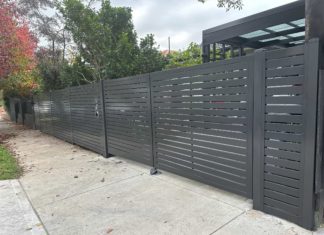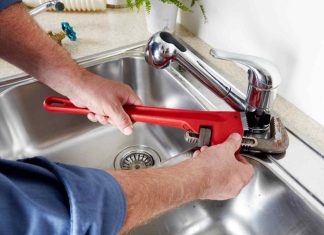Homeowners’ insurance is a necessary evil. No one wants to pay for it, but it’s something that everyone needs. Homeowners insurance covers the cost of repairing or rebuilding a house following disasters such as fire, robbery, damage, a fallen tree, or weather-related damage such as lightning, wind, or hail. Ordinary homeowners insurance plans cover furniture, clothing, and other personal belongings. The insurance also includes healthcare bills and litigation costs if someone besides myself, my household, or a visitor to my house gets hurt within my premises.
The insurance is not permanent. It requires renewal every so often. The frequency of renewal depends on the type of policy I have. For instance, some companies offer one-year policies while others provide two-year terms. When it’s time to renew my homeowners cover policy, there are three things I should consider:
1) The Amount of Coverage I Need
Insurance policies cover the cost of rebuilding my home if it is destroyed. The amount of coverage I need depends on the value of my house and the cost of rebuilding it. If I have a mortgage, the lender will require me to have enough insurance to cover the loan amount.
I need to keep in mind that the value of my home may have changed since I first purchased the policy. My house may have appreciated, or I may have made improvements that increased the rebuild cost. In such a scenario, I must get an updated home appraisal to ensure I have enough coverage.
The amount of coverage I need also depends on the type of home. If I live in a high-risk area, such as a hurricane zone, I will need more coverage than someone who lives in a low-risk area. High-risk regions tend to have higher premiums. Shopping around for the best deal is essential, but I should not sacrifice coverage for the price.
2) The Deductible
The deductible is the amount of money I have to pay out of pocket before my insurance company starts to pay for damages. My insurance company determines it and is typically a percentage of my home’s value. For example, if I have a $250,000 home and my deductible is two percent, I would have to pay $5000 out of pocket before my insurance company would start to pay for damages.
The deductible is vital to consider because it can significantly impact my premium. A higher deductible will result in a lower premium. However, I will have to pay more out of pocket if I need to file a claim.
Deductibles also vary by state and by the insurance company. Some states have a minimum deductible of $500, while others have a minimum of $1000. And some insurance companies offer discounts for having a higher deductible. New York, for example, provides a 20 percent discount for having a $5000 deductible. This value of deductible depends on many factors, such as the size and location of the home, the age of my house, and the type of home I have. For instance, if my home is old or in a high-crime area, I may have to pay a higher deductible.
3) The Premium
The premium is the amount of money I pay for my insurance policy. It is determined by the insurance company and is based on several factors, including the value of my home, the amount of coverage I need, and the deductible I choose.
Premiums vary significantly from one insurance company to another. Types of premiums available include monthly, yearly, and one-time. It’s important to compare premiums from different companies before I purchase a policy. Monthly premiums imply that I will be paying for my policy every month. Yearly premiums, on the other hand, are paid once a year. A one-time premium is a lump sum payment made when I purchase your policy.
The type of premium I choose will depend on my budget and how often I want to pay for the policy. If I can afford a lump sum, I may get a better deal by paying a one-time premium. However, if I can’t afford the lump sum, I may want to consider a monthly or yearly premium.
There are several ways to compare premiums, including using an insurance premium comparison website. Once I have found a few companies that offer the coverage I need, I will compare their rates. Then, I will choose the company that provides the best coverage at the most affordable price.
Conclusion
When it’s time to renew my homeowners cover, I should consider a few things. These include the amount of coverage I need, premiums, and the deductible I choose. These factors will help me determine the best policy for my needs.
If I’m not sure how much coverage I need, I will get an updated home appraisal. This will give me an accurate estimate of the rebuilding cost in case of a disaster. I should also consider the type of home I have and the location of my house. High-risk areas will require more coverage than low-risk areas.
Reference:
Baker, Tom, and Karen McElrath. “Whose safety net? Home insurance and inequality.” Law & Social Inquiry 21.2 (1996): 229-264.














